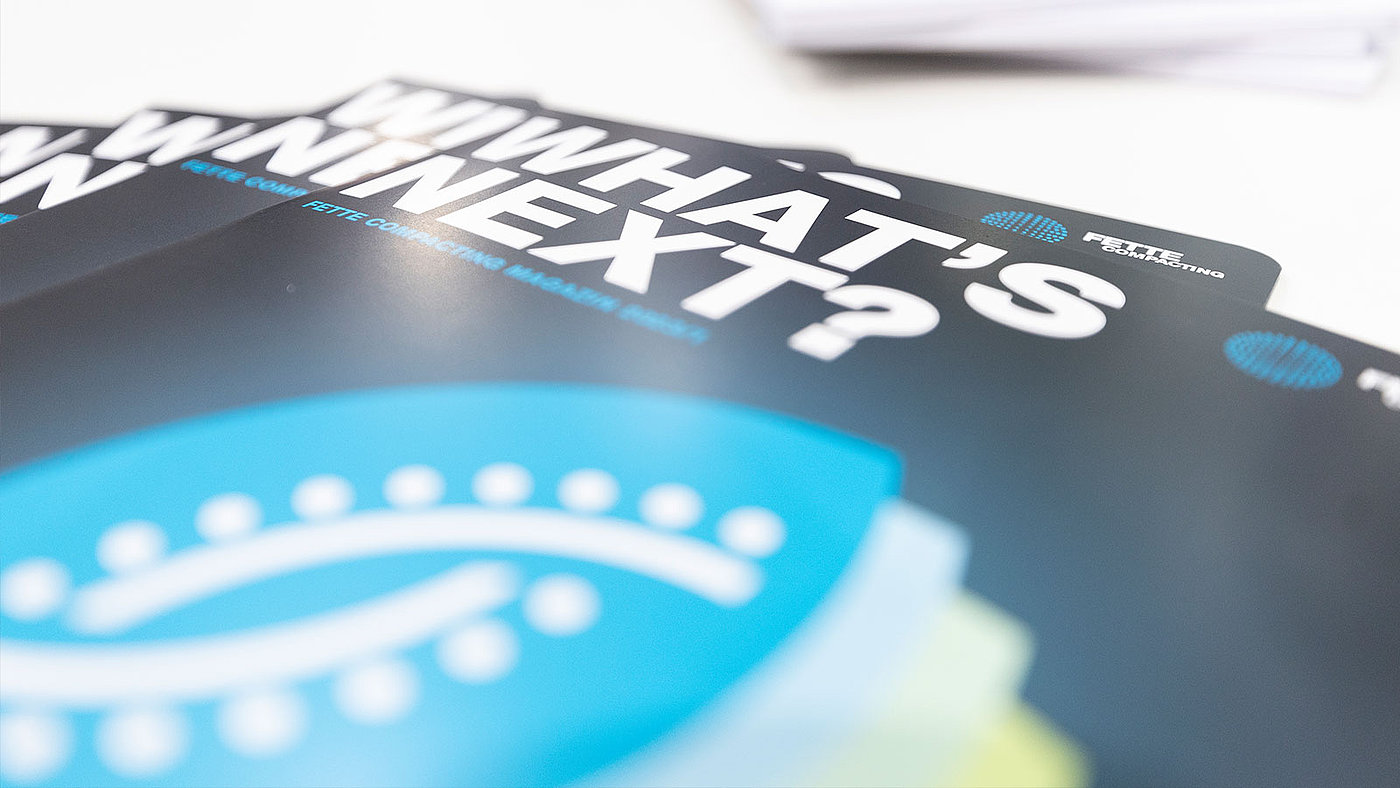Compared to the familiar CRN coating, SCR is even denser, harder, more abrasion-resistant and more durable.

Punches, segments, and dies need to be able to withstand ever higher loads. But the sticking tendency of products to tableting tools in particular often becomes a challenge. A new anti-sticking coating now offers double the resistance, minimizing sticking and counteracting wear in the long term.
Efficient solid formulation production requires tableting tools that process even the most demanding materials reliably and have a long service life. In addition to high-performance materials and special surface structures, tailor-made coatings also play a decisive role in this regard.
“Recent years have shown the great increase in machine performance and output rates achieved in the tableting sector,” explains Janis Herrmann, R&D Engineer Tableting Tools at Fette Compacting. “This has an impact on the tableting tools, which are exposed to ever increasing loads by compaction forces and accelerated processes. At the same time, there is an increase in the variance of auxiliary materials, which can lead to a distinctive tendency to stick during compacting or are particularly abrasive due to their coarse-grained structure. In order to secure the efficiency of the tools and even increase output, we are working intensively on optimizing materials and coatings.”
Protective coatings
The Business Unit Tableting Tools offers an extensive portfolio of coatings (see table below). This enables users to cover practically any application in the production of pharmaceuticals and dietary supplements. On the one hand, the focus is on product properties such as thermolability, which manifests itself in the form of stickiness on punches, segments, and dies. On the other hand, formulations can be very coarse-grained and hard, i.e., abrasive, which increases wear. A new anti-sticking coating is very effective at counteracting both phenomena: “Chromium nitride super smooth (FCG-SCR)” displays optimal anti-sticking properties as well as a high degree of hardness and resistance to wear. The basis for this is a previously unattained fine and homogeneous microstructure, which achieves even better results than PVD chrome (PCR) and “normal” chromium nitride (CRN) with regard to the tendency to stick. Almost all tableting tools can be provided with this anti-sticking coating.
Come by and try it out
Whether the new coating is the best choice or simply represents another potential solution from the portfolio can ideally be determined during application tests. “Interested people can visit us at our customer center in Schwarzenbek and find out about various options,” Herrmann proposes. “This is how we always approach challenges in production: openly and cooperatively. Perhaps together we will come to the conclusion that, in addition to the coating, it might also be useful to adjust the formulation. Or we can take a look at EasyCare’s handling and cleaning modules on site, which also include a polishing machine. Polishing the pressing areas is also helpful to maintain or enhance an anti-sticking effect, or to recondition a stressed coating. Ultimately, there are many ways to do it, because tableting tools are as diverse as the products themselves.”





